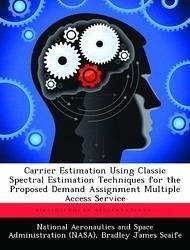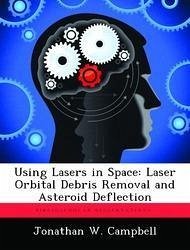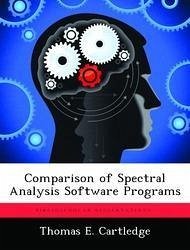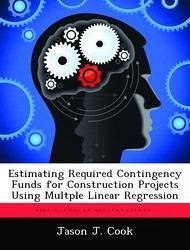Nicht lieferbar

Orbital Tori Construction Using Trajectory Following Spectral Methods
Versandkostenfrei!
Nicht lieferbar
The Kolmogorov-Arnold-Moser (KAM) theorem states that lightly perturbed integrable Hamiltonian systems maintain their multiply periodic, toroidal motion in the phase space. The assertion that earth orbiting satellites under the influence of the geopotential mimic this behavior is the underlying premise of this work. This paper focuses on applying trajectory following spectral methods on selected orbits to decompose them into multi-periodic Fourier series, effectively compressing ephemerides for long-term use. The proposed approach focuses on fitting local spectral structures, denoted as freque...
The Kolmogorov-Arnold-Moser (KAM) theorem states that lightly perturbed integrable Hamiltonian systems maintain their multiply periodic, toroidal motion in the phase space. The assertion that earth orbiting satellites under the influence of the geopotential mimic this behavior is the underlying premise of this work. This paper focuses on applying trajectory following spectral methods on selected orbits to decompose them into multi-periodic Fourier series, effectively compressing ephemerides for long-term use. The proposed approach focuses on fitting local spectral structures, denoted as frequency clusters, within the sampled orbital data to the analytical form of the windowed, truncated, continuous Fourier transform. This approach is significantly more numerically efficient than fitting every coefficient within the N-tuple Fourier series simultaneously. Numerical results using integrated data show maximum error in orbital torus fits can be kept at the single-digit-meter level per coordinate axis over a 1 year period.









